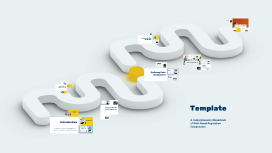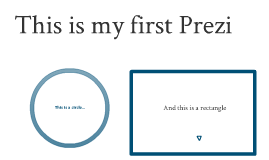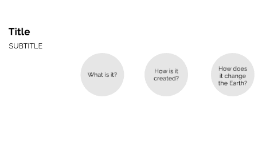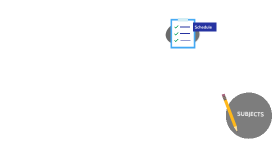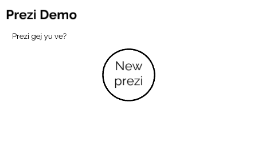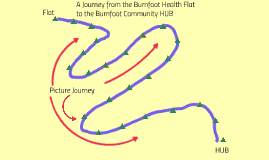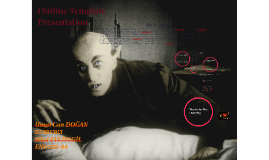Outline Template Presentation
Transcript: 5.)Are there any films that do not use and soundtracks but still achieve their purpose? HYPOTHESIS (ASSUMPTIONS) The use of music in Hollywood or independently produced horror films 3.1 SOURCE USE: Helen Stewart (13 September 2013 ). How do film-makers manipulate our emotions with music? BBC Arts & Culture. Retrieved from http://www.bbc.co.uk/arts/0/24083243 3.SUB-TOPIC Certain uses of musical techniques such as dissonant sounds, infrasound, distorted sounds help create the horror effect. Umut Can DOĞAN 21301363 Sibel EVLİYAGİL ENG102-94 2.2 SOURCE USE: In order to explore the psychological effects of musical soundtracks on the audience meaning, structure, memory , awareness, and experimental aesthetics need to be addressed . (Cohen, 1994) 4.1 SOURCE USE: “In film music it was found that the audience could be influenced into buying the character, or motif mood state of an actor-rather simply of a scene and its overall mood- if a theme, ballad, or motif was connected to the actor and repeated over and over again. “ ( Fischoff, 2005, p.4) TABLE OF CONTENT Thanks for The Listening TOPIC SENTENCE FOR EACH OF MY SUB-TOPICS AND INDICATE RELEVANT SOURCE USE 4.) What are some of the movies that successfully make the audience frightened and anxious? TOPIC OF THE RESEARCH PAPER and MAIN QUESTION 1.) Quantitative and Visual Analysis of the Impact of Music on Perceived Emotion of Film: Rob Parke, Eaine Chew, and Chris kyriakakis,2007 Article 2.) The psychological effects of film music: 2015 by Silje Pileberg, Article 3.) Ever wondered why the music in horror films scares us? The harsh sounds tap into instinctive fears: May 2010, Online Article 4.) How do film-makers manipulate our emotions with music?: Helen Stewart, 2013, Article 5.) Communicating Fear in Film Music: A Sociophobic Analysis of Zombie Film Soundtracks: Pedro Gonzalez-Fernandez, 2014, Article 6.) Understanding Musical Soundtracks: Annabel J. Cohen, 1990, Article 7.) The Evolution of Music in Film and its Psychological Impact on Audiences: Stuart Fischoff, 2005. 1.) Which genres of music are preferred in horror films to enhance the emotional effect? HYPOTHESIS (ASSUMPTIONS) Does the use of film scores or soundtracks intensify the emotional and psychological effect of the film in Hollywood-made or independent horror films? 2.)With the use of the music, what is the range of emotions that are desired to be aroused? SUB-QUESTION (To help clarify main question) 3.2 SOURCE USE: Derbyshire, D. (26 May 2010 )Ever wondered why the music in horror films scares us? The harsh sounds tap into instinctive fears. Retrieved from http://www.dailymail.co.uk/sciencetech/article-1281385/Ever-wondered-music-horror-films-scares-The-harsh-sounds-tap-instinctive-fears.html 2.1 SOURCE USE: “ Music can work in powerful ways to evoke memories and ideas and thereby engage our thoughts and feelings. Music can quite simply contribute towards shaping the stories of our lives.” Pileberg S. ( May 8, 2015) The psychological effects of film music. Retrieved from http://phys.org/news/2015-05-psychological-effects-music.html SUB-QUESTION (To help clarify main question) Outline Template Presentation 1. SUB-TOPIC With the use of soundtracks films makers deliberately try to make the audience feel anxious, frightened, and disgusted. 2. SUB-TOPIC In order to explain the psychological impact of the soundtracks it is necessary to investigate the psychological mechanisms that are associated with emotions. With the choice of the music genre preferred and the musical techniques used; while watching a horror movie, the audience is deliberately lead through a series of emotions such as anxiety and fear; thus intensifying the effect of the visual input. 4.2 SOURCE USE: “A film’s diegesis is the spatiotemporal reality in which the narrative occurs. Of course, a film is not a virtual reality meant for the viewer to explore; the diegesis only presents enough information to propel the narrative. The viewer is given details to infer the totality of the film. “( Gonzalez-Fernandez, 2014, p.14) TOPIC OF THE RESEARCH PAPER and MAIN QUESTION 1.1 SOURCE USE: Parke, R. Chew E. Kyriakakis, C. 2007. Quantitative and Visual Analysis of Impact of Music on Perceived Emotion of Film. ACM Comput. Entertaint. Volume 5 Issue 3,pp.1-21 TOPIC SENTENCE FOR EACH OF MY SUB-TOPICS AND INDICATE RELEVANT SOURCE USE 4. SUB-TOPIC By manipulating concepts such as reality and visual perception, horror films create an alternate experience for the viewers. My Sources 3.)What kind of musical qualities that produce the desired effect?







